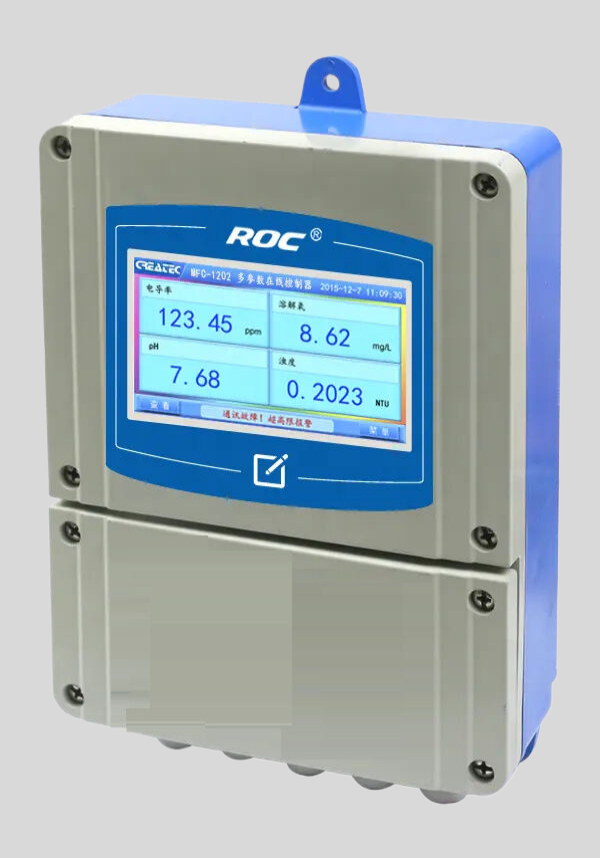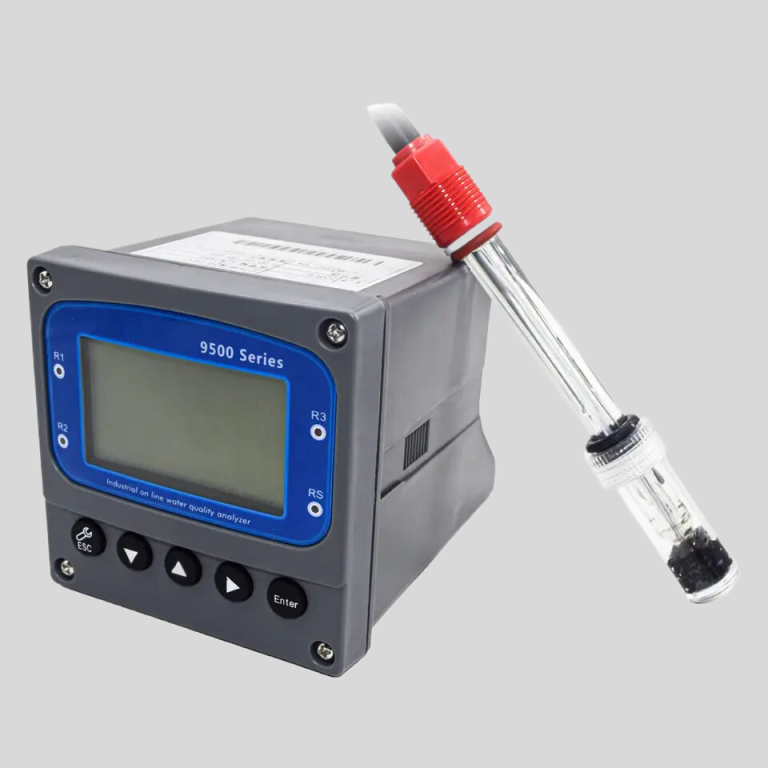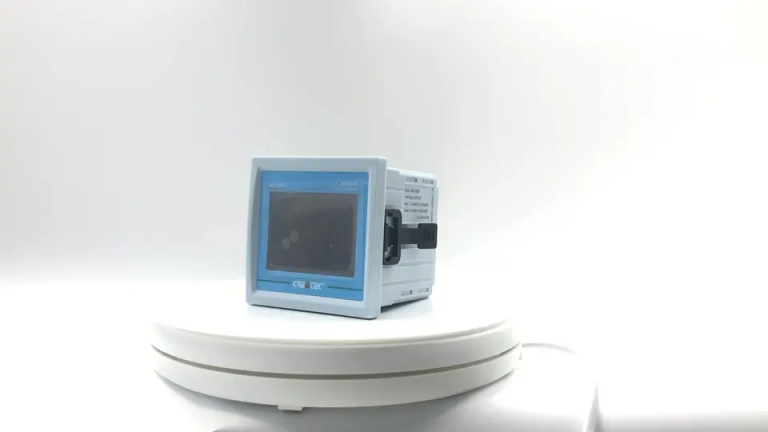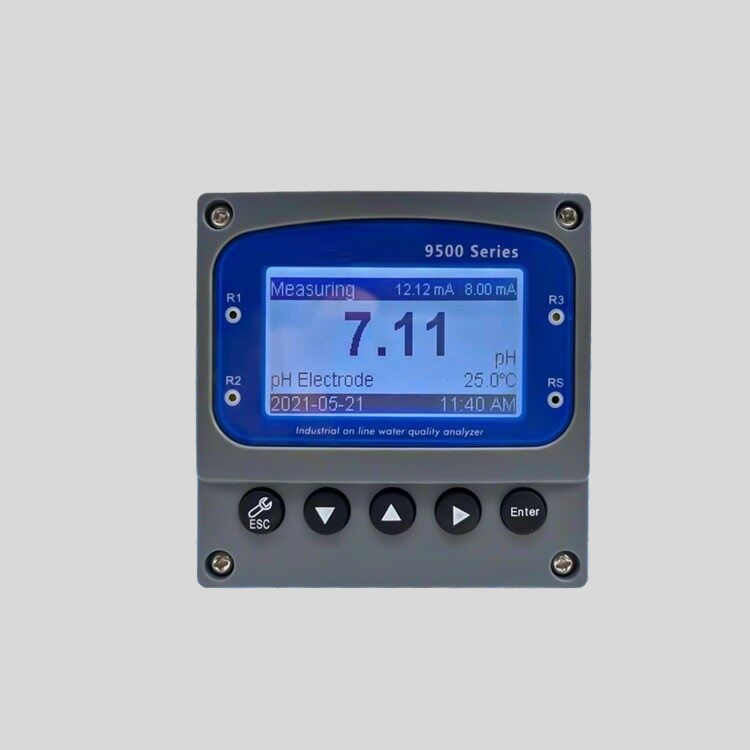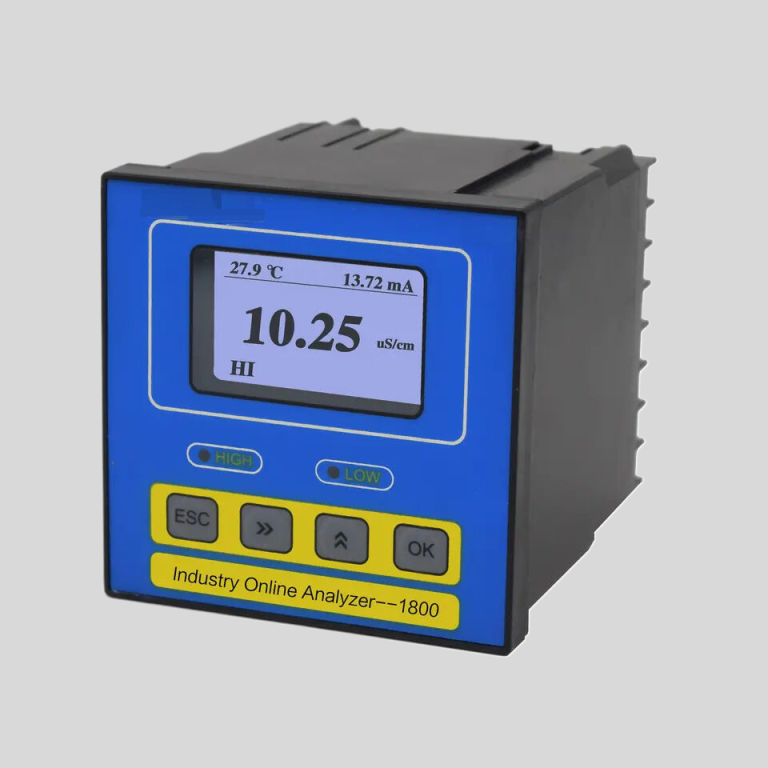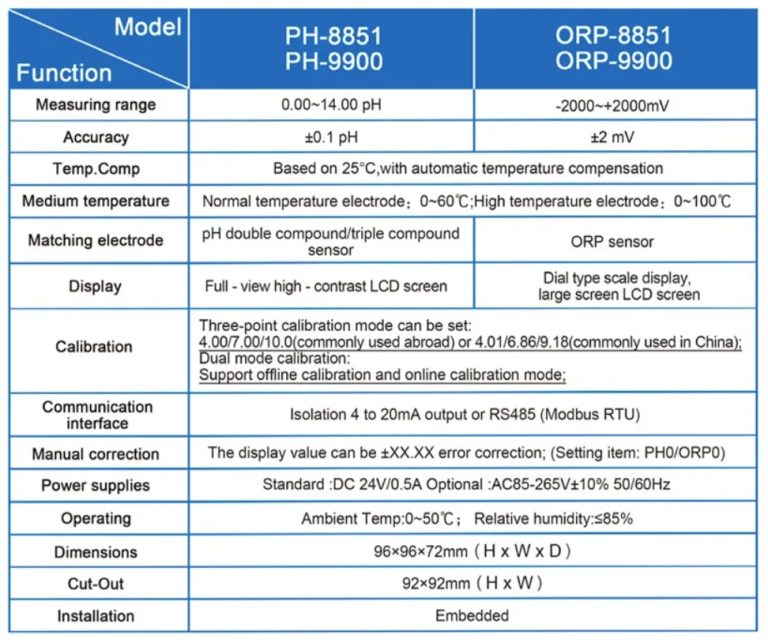How to Determine the HS Code for Conductivity Probes
When it comes to importing or exporting goods, it is essential to correctly classify the products according to the Harmonized System (HS) code. The HS code is a standardized system used globally to classify products for customs and trade purposes. Each product is assigned a unique code that helps customs authorities identify the product and apply the appropriate duties and taxes.
| Model | EC-8851/EC-9900 High Precision Conductivity/resistivity controller |
| Range | 0-200/2000/4000/10000uS/cm |
| 0-20/200mS/cm 0-18.25MΩ | |
| Accuracy | Conductivity:1.5%; Resistivity:2.0%(FS) |
| Temp. Comp. | Automatic temperature compensation based on 25℃ |
| Oper. Temp. | Normal 0~50℃; High temp 0~120℃ |
| Sensor | 0.01/0.02/0.1/1.0/10.0cm-1 |
| Display | LCD Screen |
| Current Output | 4-20mA output/2-10V/1-5V |
| Output | High/Low limit dual relay control |
| Power | DC24V/0.5A or |
| AC85-265V±10% 50/60Hz | |
| Working Environment | Ambient temperature:0~50℃ |
| Relative humidity≤85% | |
| Dimensions | 96×96×72mm(H×W×L) |
| Hole Size | 92×92mm(H×W) |
| Installation Mode | Embedded |
Conductivity probes are devices used to measure the electrical conductivity of a solution. They are commonly used in various industries, including water treatment, agriculture, and manufacturing. If you are involved in the import or export of conductivity probes, it is crucial to determine the correct HS code for these products to ensure smooth customs clearance and compliance with regulations.
| Product name | PH/ORP-6900 pH/ORP transmitter controller | ||
| Measurement parameter | Measurement Range | Resolution ratio | Accuracy |
| pH | 0.00~14.00 | 0.01 | ±0.1 |
| ORP | (-1999~+1999)mV | 1mV | ±5mV(electric meter) |
| Temperature | (0.0~100.0)℃ | 0.1℃ | ±0.5℃ |
| Temperature range of Tested solution | (0.0~100.0)℃ | ||
| Temperature component | Pt1000 thermal element | ||
| (4~20)mA Current output | Channel No. | 2 Channels | |
| Technical characteristics | Isolated, fully adjustable, reverse, configurable, instrument / transmitting dual mode | ||
| Loop resistance | 400Ω(Max),DC 24V | ||
| Transmission accuracy | ±0.1mA | ||
| Control contact1 | Channel No | 2 Channels | |
| Electric contact | Semiconductor photoelectric switch | ||
| Programmable | Each channel can be programmed and point to (temperature, pH/ORP, time) | ||
| Technical characteristics | Presetting of normally open / normally closed state / pulse /PID regulation | ||
| Load capacity | 50mA(Max)AC/DC 30V | ||
| Control contact2 | Channel No. | 1 Channel | |
| Electric contact | Relay | ||
| Programmable | Each channel can be programmed and point to (temperature, pH/ORP) | ||
| Technical characteristics | Presetting of normally open / normally closed state / pulse /PID regulation | ||
| Load capacity | 3AAC277V / 3A DC30V | ||
| Data communication | RS485, MODBUS standard protocol | ||
| Working power supply | AC220V±10% | ||
| Overall power consumption | <9W | ||
| Working environment | Temperature: (0~50) ℃ Relative humidity: ≤ 85% (non condensing) | ||
| Storage environment | Temperature: (-20~60) C Relative humidity: ≤ 85% (non condensing) | ||
| Protection level | IP65 | ||
| Shape size | 220mm×165mm×60mm (H×W×D) | ||
| Fixed mode | Wall hanging type | ||
| EMC | Level 3 | ||
To determine the HS code for conductivity probes, you will need to consider the material composition, function, and intended use of the probes. Conductivity probes are typically made of materials such as stainless steel, plastic, or glass, and they may have different designs and features depending on their application.
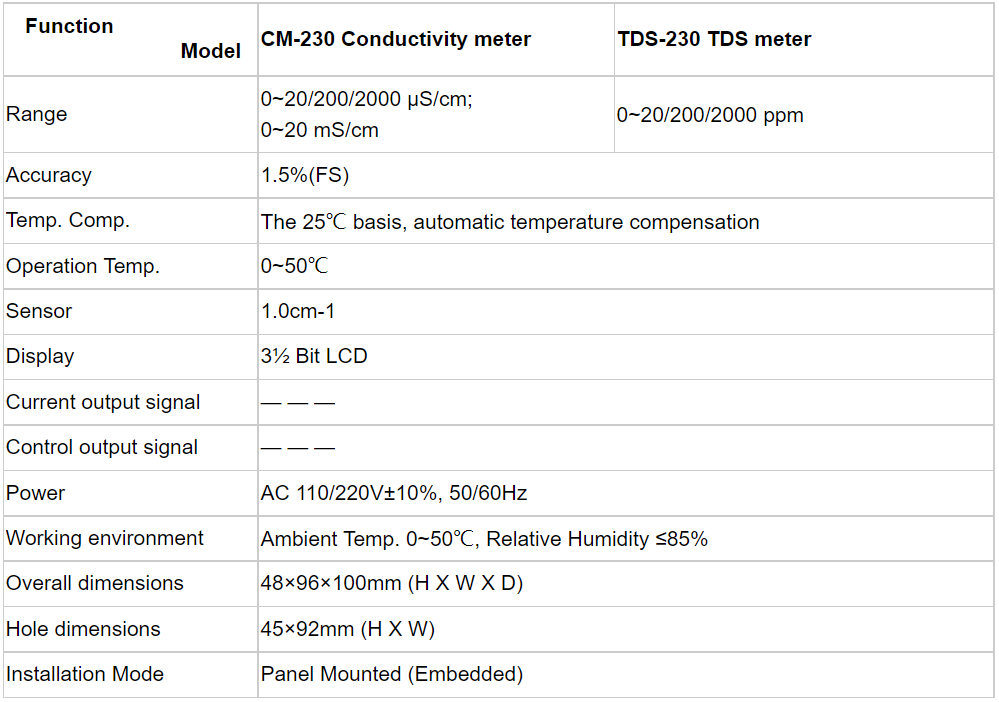
When classifying conductivity probes, you will need to refer to the HS code classification guidelines provided by the World Customs Organization (WCO). The WCO provides detailed descriptions and examples of products to help you accurately classify your goods. It is important to carefully review these guidelines and consult with customs authorities if you are unsure about the classification of your products.
One of the key factors to consider when determining the HS code for conductivity probes is their function. Conductivity probes are used to measure the electrical conductivity of a solution, which is a crucial parameter in various industrial processes. Depending on the specific function and design of the probes, they may fall under different HS code categories.
For example, conductivity probes that are designed for use in water treatment applications may be classified under a different HS code than probes used in agricultural or manufacturing processes. It is important to carefully review the product specifications and intended use of the probes to accurately classify them according to the HS code.
In addition to the function and design of the probes, you will also need to consider any additional features or accessories that come with the product. Some conductivity probes may come with calibration solutions, cables, or other accessories that may impact their classification under the HS code. It is important to include all relevant information about the product when determining the HS code to ensure accurate classification.
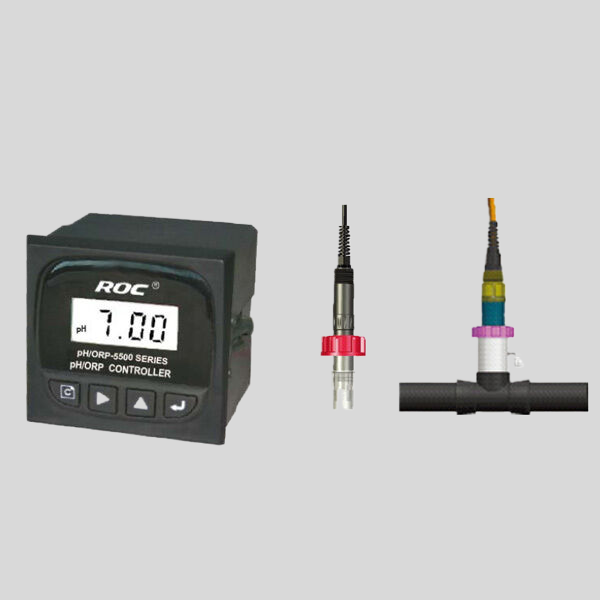
When classifying conductivity probes, it is also important to consider any international agreements or regulations that may impact the classification of the products. Some countries may have specific requirements for the classification of certain products, and it is important to be aware of these regulations to avoid any delays or penalties during customs clearance.
In conclusion, determining the HS code for conductivity probes is essential for importers and exporters to ensure compliance with customs regulations and facilitate smooth customs clearance. By considering factors such as material composition, function, design, and additional features, you can accurately classify conductivity probes according to the HS code. It is important to consult with customs authorities and refer to the WCO guidelines to ensure accurate classification of your products.

